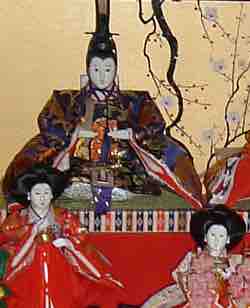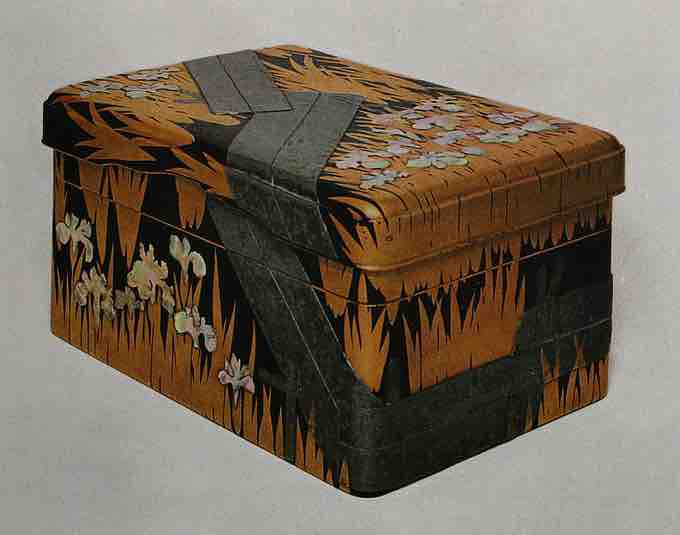Temari
Of the many and varied traditional handicrafts of Japan, and one closely associated with the Edo period (1600–1868), is the ancient craft of temari. Temari means "handball" in Japanese, and it is a folk craft born in ancient Japan from the desire to amuse and entertain children with a toy handball. Temari is said to have its origins from Kemari (football), brought to Japan from China about 1400 years ago. These balls were constructed from the remnants of old kimonos; pieces of silk fabric were wadded up to form a rough ball, and this preliminary ball was then further wrapped in additional strips of fabric. Temari-making gradually became an art, and the initially purely functional stitching assumed a decorative and detailed quality over the years, displaying intricate embroidery.
Temari-making grew as a pastime for noble women in the early part of the Edo period, with women of the aristocracy and upper class competing in creating increasingly more intricate and beautiful balls. Over the years and region by region, the women of Japan explored the craft and improved it. Noisemakers were added to the inside of the balls, Japanese designs mimicked the colors of nature, and the brilliant colors of kimono silk were used to stitch eye-catching patterns.
Temari
Temari balls are a folk art form that originated in China and was introduced to Japan around the 7th century A.D.
Doll-Making
Another craft that developed during the Edo period, while Japan was closed to most international trade, was doll-making. During this time, there was a market of wealthy individuals who would pay for the most beautiful doll sets for display in their homes or as valuable gifts. Sets of dolls came to include larger and more elaborate figures. The competitive trade was eventually regulated by the government, meaning that doll-makers could be arrested or banished for breaking laws restricting materials and heights.
Hina dolls are the dolls for Hinamatsuri, the doll festival held annually on March 3rd. They can be made of many materials, but the classic hina doll has a pyramidal body of elaborate, many-layered textiles stuffed with straw and/or wood blocks; carved wood hands (and in some cases feet) covered with gofun; a head of carved wood or molded wood compo covered with gofun, with set-in glass eyes (though before about 1850, the eyes were carved into the gofun and painted); and human or silk hair. A full set comprises at least 15 dolls representing specific characters, with many accessories (dogu); however, a basic set consists of a male-female pair, often referred to as the Emperor and Empress.

Hinamatsuri Hina Dolls, the Emperor with Two Handmaidens
Fine dollmaking developed during the Edo period (1603-1867).
Lacquerwork
Japanese lacquerwork reached its peak in the 17th century during the Edo period. Lacquer was used both for solely decorative objects as well as everyday items, such as combs, tables, bottles, headrests, small boxes, and writing cases. The most famous lacquerer-painter of the time was Ogata Korin, who was the first artist to use mother of pearl and pewter in larger quantities in lacquerware.

Lacquered Writing Box by Ogata Korin, ca. 1700.
This writing box made of black lacquered wood with gold, maki-e, abalone shells, silver, and corroded lead strip decorations dates from the 18th century and reflects the skill of the Edo painter and lacquerer Ogata Korin.
Other Crafts
Several techniques of Japanese weaving and dying also thrived during the Edo period. Nishijin weaving involved weaving many different types of colored yarn together to form decorative designs. In yuzen, or the paste-resist method of dying, designs were applied to textiles using stencils and rice paste, resulting in the imitation of aristocratic brocades, which were forbidden to commoners by laws of the Edo period.
Another Edo period craft that reflected contemporary Japan's interest in electrical phenomena and mechanical sciences was the development of wadokei, or Japanese clockwatches. These were typically made of brass or iron in the lantern clock design and driven by weights.